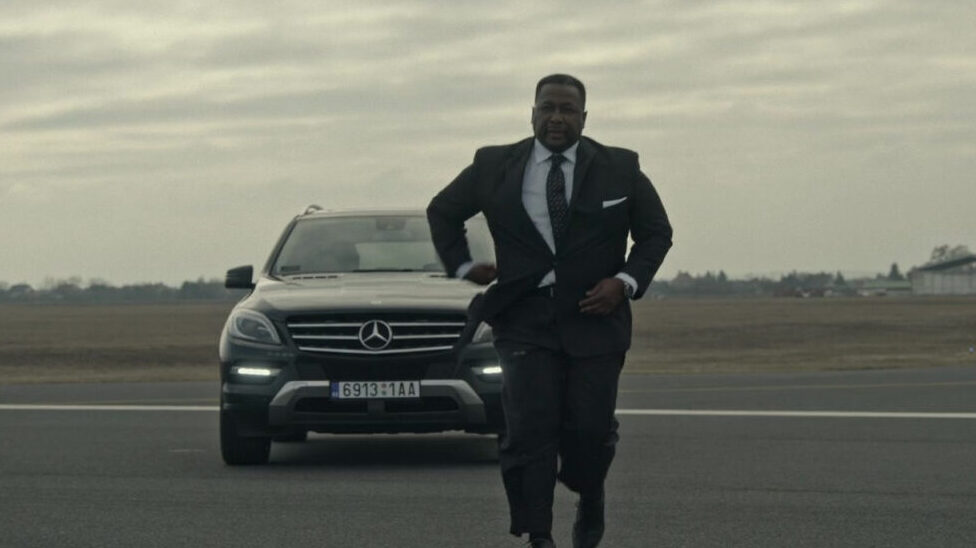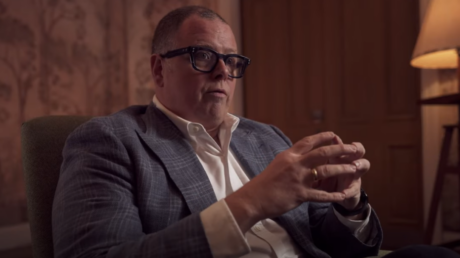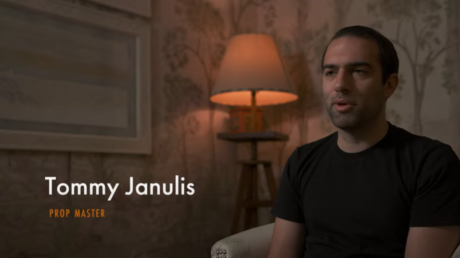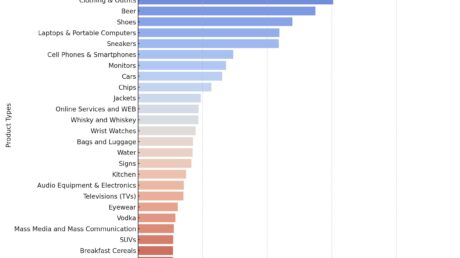Product placement empowers producers and creatives to authentically weave brands into their stories. The entertainment industry is full of successful, long-standing partnerships with iconic stories and brands. Dutch brewing company Heineken makes a splash with its products by featuring them in cinema classics from the “James Bond” franchise to “Austin Powers.”
These authentic partnerships also provide essential capital to support the storyteller’s creative vision and get their projects off the ground. Learn how producers and creative department heads tap this valuable resource for their stories.
General
What does product placement actually do for production partners?
At the start of any production, producers and creative department heads have the daunting task of building a completely new world for camera. Product placement can establish this fictionalized world by naturally – and seamlessly – weaving product into content, grounding viewers into the story’s reality while also securing brand dollars to help fund production’s needs.
Marvel Studios producers collaborated with the luxury car brand, Audi, for “Iron Man,” with the car now being the go-to for most movies within the Marvel Cinematic Universe. Not only did the partnership drive the films’ narratives forward, it provided important brand dollars to help Marvel bring their creative vision to life.
What are the different types of product placement?
Producers and creatives have different options for integrating products into their narrative, including:
- Story-driven placements: Story-driven placements, also known as a narrative placement, can define a character or even help drive the story forward, like Netflix’s “Stranger Things.” The character Eleven’s waffle obsession made Eggo Waffles the talk of the town, and Kelloggs can trace skyrocketing sales directly to the show. Eggo’s revenue jumped 9.4% during the first half of 2018 — which is when season 2 aired.
- Prop placements: Productions using a brand’s products as props, such as physical product Brands with different types of packaged goods, fashion, or electronics are often well suited for prop placement. When Netflix’s Gente-fied featured the iconic scene with Hot Cheetos being eaten with chopsticks, the brand saw a 4% increase in purchase intent. And not to mention the show’s actors enjoyed a tasty snack, making this integration a win all around.
- Branded content: Typically included in daypart or late-night series, branded content does wonders for brands with time-sensitive messages by allowing them to educate their consumers with deeper messaging. An excellent example of branded content is Jimmy Kimmel Live! filming live from Las Vegas for a week and featuring popular brands like Mazda, Caesars Entertainment, and even the city of Las Vegas itself.
- Virtual placements: Virtual product placement uses cutting-edge technology to insert brands on a product, logo, or billboard into content in post-production. Post producers and executives ensure that these placements work for the storyline and brand so the placement enhances the viewer’s experience. While virtual placements are quick to implement, they have limited content opportunities, and don’t always remain evergreen.
What are the benefits of Product Placement to Production?
- Offsetting Budgets: Brand dollars can support a production’s bottom line opening funds to support the creative vision (additional shoot dates, securing top tier talent or the perfect location, and even offsetting VFX or music budgets).
- Cleared Rights Usage: Ensuring the artwork and props feel organic and drive the narrative forward is important, working with brands and agencies to secure cleared usage rights can alleviate time and effort for various Production teams.
- Creating The Scene: How often are story locations filmed outside of where the actual location truly is? More often than we audiences might realize! That’s why it’s imperative to have the right props and brands to transport audiences to different locations or even different time periods. Working with Brands through product placement can easily help a prop master or screenwriter to create an authentic moment. For brands that have stood the test of time, sourcing period correct props can be streamlined and take a load off the Prop Master’s to-do list.
- Authenticity: Sourcing and creating fake products takes a lot of time, not to mention a lot of money. Prop masters can use real products to free up budget dollars that they can use elsewhere to build a quality production. And, fake products take viewers out of the story whereas real products offer a more immersive experience.
What are other names for product placement?
Let’s talk about the difference between product placement and brand integration. Truth be told, they are essentially the same. In the past, brand integration referred to a paid opportunity, and product placement wasn’t paid. Now, the industry uses them interchangeably.
Why does production value product placement?
For storytellers, the creative vision always comes first. Product placement aligns with this priority by enabling production partners to add products to their stories, and offset hefty production costs. From inflation to supply chain disruptions and more, production partners may often struggle to get projects off the ground.
With raw materials alone adding 25-30% to a production budget, product placement gives producers that extra financial boost to keep up with soaring costs. And, it helps put that money back on screen, enabling the director’s creative vision, funding more shooting days, coveted locations, or a previously out of budget cast member, and more.
What are the advantages working with an agency partner for product placement?
A well-connected agency partner can make life easier for production. They represent the production to different brands and identify the best partners for product placement based on the project and the brand’s specific goals, in addition to the below benefits.
- Ease of Use: Agencies ensure a production’s needs are efficiently and seamlessly attended to. They provide product and education on the technical use of the product. Additionally, Agencies handle communication with all parties (Production and Brand) to ensure objectives are clear and the creative vision is achieved.
- Time Is Money: Agencies understand the importance of timing and how delays can affect a production’s bottom line. Working hand in hand with an agency ensures your production needs are addressed in a timely manner to ensure your shoot runs smoothly.
- Central Point of Contact: Agencies represent a wide rolodex of brands, creating an efficient one stop shop to fulfill all storyline creative needs when it comes to product placement. The cherry on top is you’ll work hand in hand with one Point of Contact keeping things streamlined.
- True Partners: The right agency partner understands the complexities and nuances of production and the challenges production partners face every day. Agencies work to educate brands on how to successfully navigate and integrate their brands into content that would be additive to the content vs disrupting it. Making it a win-win on all sides. As true partners, Agencies shepherd the process to make it beneficial for both sides.
How do agency partners help identify the best brand fit for production partners?
Agency partners combine their industry experience with deep-rooted relationships to help production partners find opportunities that fit their needs. Agency partners with long-standing connections in the entertainment industry gives production partners crucial access to top brands looking for product placement opportunities.
What does the working relationship between production partners and brands look like?
A successful product placement is authentic to both the production partner’s creative vision and the brand’s essence. When working with an agency partner, production pros can rest easy, knowing that agency partners discussed the process with brands beforehand. This dialogue helps brands understand how integrations work when it comes to integrating their production into a story.
In order for Production Partners and Brands to navigate this successfully, guardrails are provided by the brand but it’s important that the storytellers themselves are the ones that bring the moment to life in their own voice and decide what feels the most authentic to their story. That way, an integration will successfully support the storyteller’s vision and meet the brand’s specific goals.
Do production partners have to seek input from brands on actor preferences?
A top agency partner discourages brands from seeking out specific productions or actors. Instead, they advise them to target stories that align with their campaign goals and cast a wide net to find the best fit. This process works well as it allows production partners to work with brands that are a match for their stories.
At what stage of the production should productions start discussing product placement?
When integrating products into a story, production partners can often require fast turn around to ensure production’s timelines are not impacted. However, producers and creatives should understand that the earlier they can connect with an agency or brand, the better. Ideally, once there is a start date, or pre-production has begun, it’s time to start discussing the project, sharing the script, and exploring product placement opportunities.




